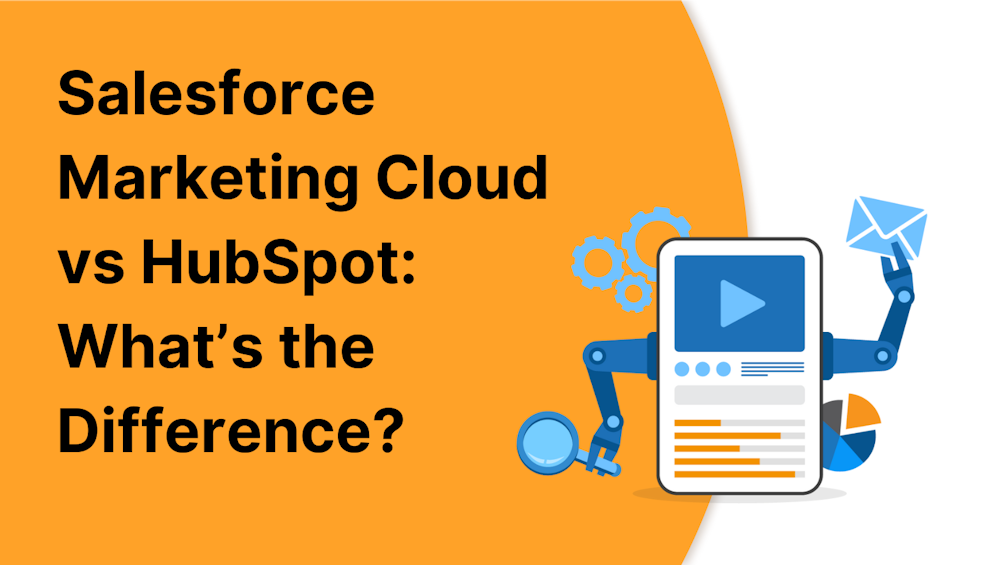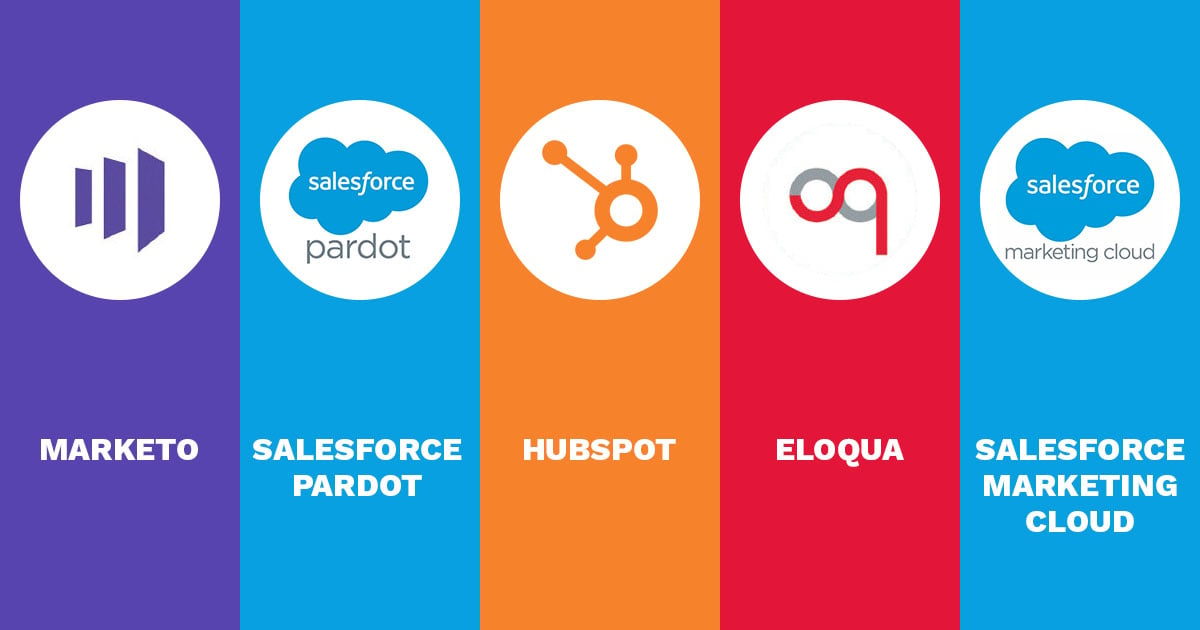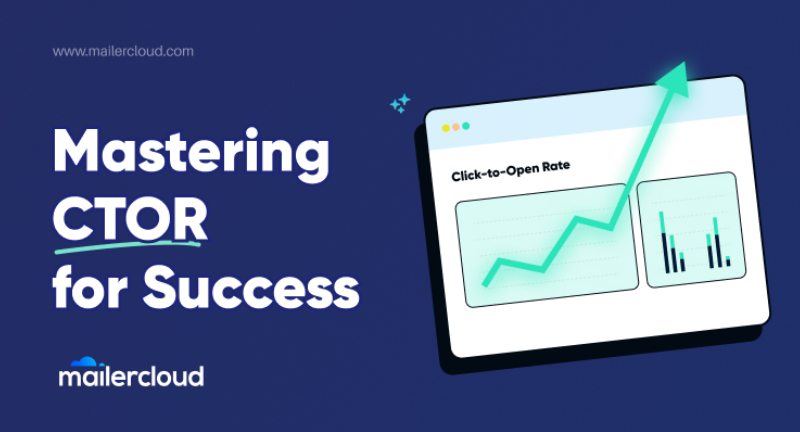HubSpot and Salesforce Pardot are leading B2B marketing automation platforms. Both offer robust tools but cater to different business needs.
HubSpot is renowned for its user-friendly interface and all-in-one inbound marketing solutions. It integrates marketing, sales, and customer service tools seamlessly, making it ideal for small to medium-sized businesses. Salesforce Pardot, on the other hand, excels in advanced automation and detailed analytics.
It is particularly suited for larger enterprises that require deep customization and integration with Salesforce CRM. Understanding the unique strengths of each platform can help businesses choose the right tool to enhance their marketing efforts and drive growth. This comparison will delve into their features, usability, pricing, and overall performance to provide a clearer picture.
Hubspot Overview
HubSpot was founded in 2006. It started as a small company. Now, it has grown big. The founders are Brian Halligan and Dharmesh Shah. They wanted to help businesses grow. Today, HubSpot is a well-known name in marketing.
HubSpot offers many tools. It helps with email marketing. You can create and send emails easily. It also has social media tools. You can post on different social networks. HubSpot also offers analytics. You can see how your campaigns are doing. The CRM tool is free. It helps you keep track of your customers.
Salesforce Pardot Overview
Explore the features of Hubspot and Salesforce Pardot for B2B marketing. Compare automation tools, analytics, and user interface. Discover which platform better suits your business needs.
Brief History
Salesforce Pardot was founded in 2007. It was created to help B2B companies. Pardot was acquired by ExactTarget in 2012. Later, Salesforce acquired ExactTarget in 2013. Since then, Pardot has been a part of Salesforce. Pardot focuses on simplifying marketing automation. This tool helps in lead generation and management.
Core Features
Pardot offers many core features. Lead nurturing is a key feature. It helps to build relationships with potential customers. Email marketing is another important feature. It allows users to send targeted emails. CRM integration helps to sync data with Salesforce. Analytics and reporting provide insights into campaign performance. Automation rules help to streamline marketing tasks. Users can also create landing pages and forms easily.
Ease Of Use
HubSpot offers a user-friendly interface ideal for beginners. Salesforce Pardot provides robust features but requires a steeper learning curve. Both platforms cater to different levels of marketing expertise.
User Interface
The user interface of Hubspot is very intuitive. It is designed with simplicity in mind. Many users find it easy to navigate. The dashboard is clean and user-friendly. Everything is well-organized and accessible.
Salesforce Pardot has a more complex interface. It offers advanced features for experienced users. The layout can be overwhelming at first. New users may find it difficult to navigate. It takes time to get used to.
Learning Curve
Hubspot has a gentle learning curve. New users can get started quickly. There are many tutorials and resources available. This helps users learn the platform with ease. The support team is also very helpful.
Salesforce Pardot requires more training. The learning curve is steeper. It offers powerful tools but needs time to master. Users often need training sessions. There are many online courses and certifications available. This helps users become proficient.
Marketing Automation
HubSpot offers an easy-to-use interface for campaign management. It supports multiple channels like email, social media, and ads. This helps to streamline marketing efforts. Salesforce Pardot also excels in campaign management. It provides advanced analytics and ROI reporting. Pardot integrates well with Salesforce CRM. This allows for better data flow between sales and marketing teams. Both platforms offer A/B testing to optimize campaigns.
Lead nurturing is crucial for B2B marketing. HubSpot provides various tools for this. These include email workflows, lead scoring, and segmentation. This ensures leads are engaged at every stage. Pardot also offers robust lead nurturing features. It includes automation rules, dynamic content, and progressive profiling. Pardot’s AI-driven insights help in identifying high-potential leads. Both platforms aim to convert leads into customers efficiently.
Crm Integration
Hubspot is easy to use with its own CRM. It offers seamless integration. No extra cost is needed for basic features. Hubspot CRM provides a unified view of customer data. The platform is designed for small and medium businesses. It supports automation tools for marketing and sales. Users can track emails, calls, and meetings in one place. Hubspot CRM is cloud-based, which means no software installation. The interface is user-friendly and intuitive. Training and support are available for new users.
Pardot works best with Salesforce CRM. It requires a Salesforce subscription. The integration offers advanced features. Pardot is suitable for large enterprises. It provides detailed analytics and reporting. Automation tools enhance marketing campaigns. Data synchronization happens in real-time. Users can score and grade leads efficiently. Pardot is also cloud-based, providing accessibility anywhere. Training modules help users get started quickly.

Credit: makewebbetter.com
Analytics And Reporting
Hubspot offers user-friendly analytics with real-time data visualization, while Salesforce Pardot excels in detailed reporting for complex campaigns. Hubspot’s intuitive dashboards simplify decision-making, contrasting with Pardot’s extensive customization options for in-depth insights.
Performance Metrics
HubSpot offers detailed performance metrics. Marketers can see data like click-through rates and conversion rates. The platform is user-friendly. Reports are easy to understand. Salesforce Pardot provides advanced analytics. It integrates with Salesforce CRM. This allows for comprehensive data tracking. Users can see ROI and pipeline trends. Both platforms offer real-time data updates. This helps in making quick decisions.
Custom Reports
HubSpot offers customizable reports. Users can create reports based on their needs. Drag-and-drop features make it easy. Salesforce Pardot also offers custom reports. It uses Einstein Analytics for deeper insights. Users can tailor reports to specific campaigns. Both platforms provide visual dashboards. These help in tracking performance at a glance. Custom reports can improve marketing strategies.
Pricing And Packages
Hubspot offers a variety of pricing plans. The Starter plan costs $50 per month. The Professional plan is $800 per month. The Enterprise plan costs $3,200 per month. Each plan comes with different features. The higher the plan, the more features you get.
Pardot has three main pricing tiers. The Growth plan costs $1,250 per month. The Plus plan is $2,500 per month. The Advanced plan costs $4,000 per month. Each plan includes automation tools and reporting features. More advanced plans offer more customization and analytics options.

Credit: marcloudconsulting.com
Customer Support
HubSpot offers support through email, phone, and live chat. They also have a help center with articles. Salesforce Pardot provides support via email and phone. They also offer a help portal with guides.
HubSpot has a large community forum. Users can ask questions and share tips. They also offer webinars and training. Salesforce Pardot has an active community hub. It includes user groups and events. They provide extensive documentation and tutorials.

Credit: www.atakinteractive.com
Frequently Asked Questions
What Is The Main Difference Between Hubspot And Pardot?
HubSpot focuses on inbound marketing and ease of use. Pardot, by Salesforce, is tailored for advanced B2B marketing automation. Both serve different needs.
Which Is Better For Small Businesses, Hubspot Or Pardot?
HubSpot is generally better for small businesses due to its user-friendly interface. Pardot is more complex and suited for larger enterprises.
How Do Hubspot And Pardot Integrate With Crm Systems?
HubSpot integrates seamlessly with its own CRM and many others. Pardot integrates best with Salesforce CRM, offering deep data synchronization.
Are There Significant Pricing Differences Between Hubspot And Pardot?
Yes, HubSpot offers a range of pricing tiers starting from free. Pardot is more expensive, with pricing aimed at larger businesses.
Conclusion
Choosing between HubSpot and Salesforce Pardot depends on your business needs. Both platforms offer robust features for B2B marketing. HubSpot is user-friendly and cost-effective for smaller businesses. Salesforce Pardot excels with advanced analytics and scalability for larger enterprises. Evaluate your goals and budget to make the best decision.


